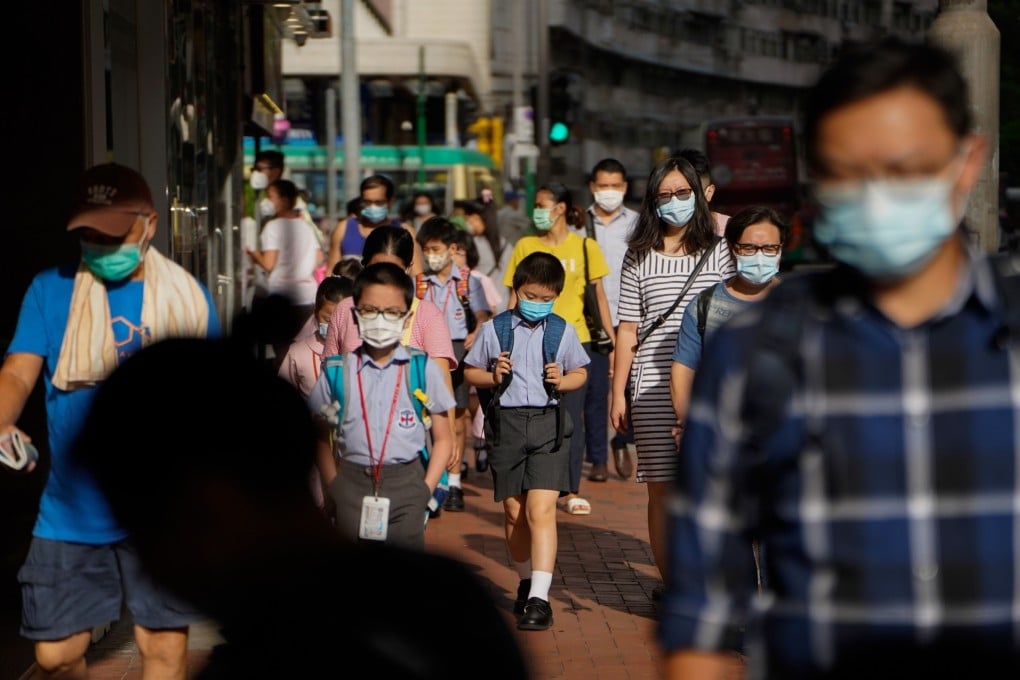Exclusive | Hong Kong population decline warning, as provisional census figures show more deaths than births in city for first time
- Census department figures show 43,100 births compared to 49,800 deaths in 2020
- Experts predict trend will continue and say city’s leaders need to make population a priority

Hong Kong recorded more deaths than births last year for the first time, in what experts said was a warning of an imminent decline in the city’s overall population.
According to unpublished provisional figures from the Census and Statistics Department obtained by the Post, there were 43,100 newborns and 49,800 deaths in the city in 2020, resulting in a negative natural population increase of about 6,700, the first negative value since official records began in the 1960s.
There were always more births than deaths in the city before last year, with the difference peaking at 91,600 in both 1961 and 1962, before it gradually dropped in recent years to 6,700 in 2018, and 4,300 in 2019.
The negative natural population increase came earlier than the government forecast, which suggested in 2017 the phenomenon would emerge in 2026, before revising that to 2021.

Earlier this month, Taiwan and South Korea both reported more deaths than births last year for the first time.